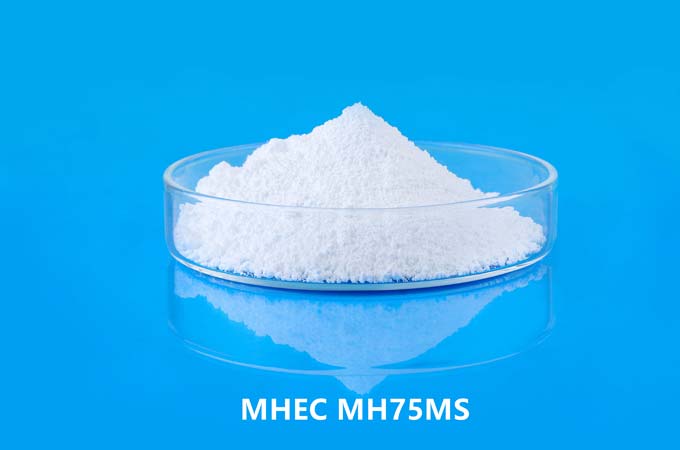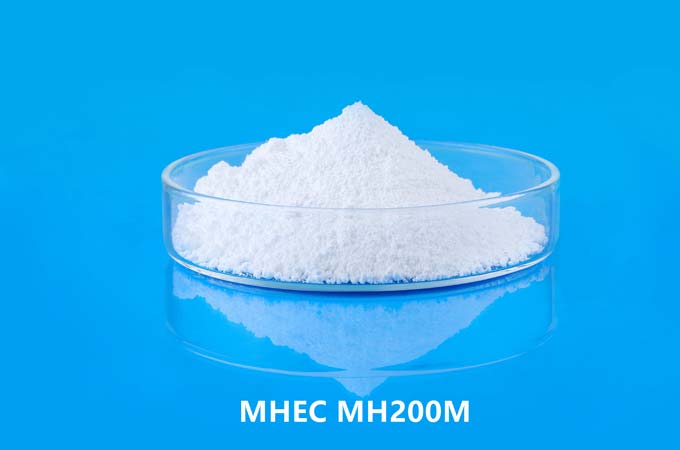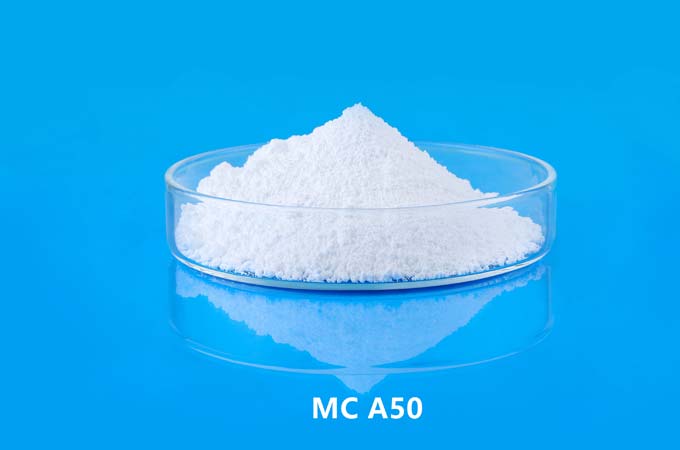Sodium carboxymethylcellulose (NaCMC) is a water-soluble polymer derived from cellulose, a natural polymer found in plant cell walls. Due to its unique and versatile properties, it is widely used in various industries such as food, pharmaceuticals, cosmetics and textiles.
Chemical structure:
Sodium carboxymethylcellulose is synthesized by introducing carboxymethyl groups to modify the hydroxyl groups of cellulose. This modification imparts water solubility to the polymer, making it very useful in aqueous systems. The chemical sodium carboxymethyl cellulose structure consists of a cellulose backbone and a carboxymethyl group attached to a hydroxyl group. The degree of substitution (DS) refers to the average number of carboxymethyl groups per anhydroglucose unit in the cellulose chain and affects the properties of the polymer.
Solubility:
One of the important physical properties of sodium carboxymethylcellulose is its solubility in water. NaCMC dissolves readily in cold water, forming a clear and viscous solution. Solubility is affected by factors such as degree of substitution, molecular weight, and temperature. Higher degrees of substitution generally enhance solubility, while elevated temperatures can further accelerate the dissolution process.
Viscosity:
The viscosity of NaCMC solutions is a crucial physical property, especially in industries such as food and pharmaceuticals. As the concentration of NaCMC in the solution increases, the viscosity also increases. This property is widely used in various applications, such as thickening agents in food products, where the desired texture and mouthfeel are achieved through the controlled viscosity imparted by NaCMC.
pH sensitivity:
Sodium carboxymethyl cellulose is pH sensitive and its solubility will be affected by the pH value of the surrounding environment. It is generally stable over a wide pH range, but extreme pH conditions, such as highly acidic or alkaline environments, can affect its performance. For example, NaCMC may undergo hydrolysis under acidic conditions, resulting in a decrease in viscosity and stability.
Thermal stability:
The thermal stability of sodium carboxymethylcellulose is an important consideration in various industrial processes. In general, NaCMC is stable at moderate temperatures. However, prolonged exposure to high temperatures can cause degradation, affecting its molecular weight and overall performance. Thermal stability is affected by factors such as the degree of substitution and the presence of other additives.
Hygroscopicity:
NaCMC exhibits hygroscopic behavior, which means that it has a tendency to absorb and retain moisture from the surrounding environment. This property can affect the physical stability of products containing sodium CMC, especially in formulations where moisture content is critical. Proper storage conditions (e.g., controlled humidity) are crucial to prevent undesirable changes in the physical properties of NaCMC.
Rheological properties:
The rheological behavior of NaCMC solutions is another aspect of their physical properties that has been extensively studied and exploited. The polymer's gel-forming ability, shear-thinning behavior, and ability to respond to changes in shear rate make it valuable in applications such as thickening, stabilizing, and controlling the flow of a variety of products.
Interactions with other compounds:
Sodium carboxymethylcellulose can interact with other compounds present in the formulation. For example, it may form complexes with certain ions or interact with proteins, affecting their performance in specific applications. Understanding these interactions is critical to formulating stable products with consistent properties.
Storage stability:
The storage stability of NaCMC is a key consideration for industries using this polymer. Proper storage conditions, including temperature and humidity control, are critical to preventing degradation over time. Exposure to adverse conditions may result in changes in molecular weight, viscosity and other physical properties, affecting the overall performance of CMC-containing products.
application:
The stability of sodium carboxymethylcellulose is critical in its various applications. Sodium carboxymethyl cellulose in food is used as thickener, stabilizer, emulsifier in food industry. In medicine, NaCMC is used in pharmaceutical formulations, usually in controlled release dosage forms. In cosmetics, it can be found in products such as creams and lotions because of its thickening and stabilizing properties.
Sodium carboxymethylcellulose has a range of physical properties that make it a versatile and valuable polymer in numerous industries. Its solubility, viscosity, pH sensitivity, thermal stability, hygroscopicity, rheological properties, interaction with other compounds and storage stability are key factors that determine its effectiveness in various applications. Understanding and controlling these properties is critical to formulating stable and high-performing products across diverse industries. As technology and research advance, further understanding of the physical properties and stability of sodium carboxymethylcellulose may lead to enhanced applications and improved formulations.
 English
English 日本語
日本語 français
français Deutsch
Deutsch Español
Español italiano
italiano русский
русский português
português العربية
العربية Türkçe
Türkçe Nederland
Nederland



